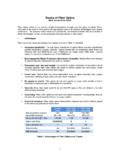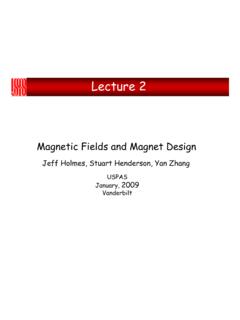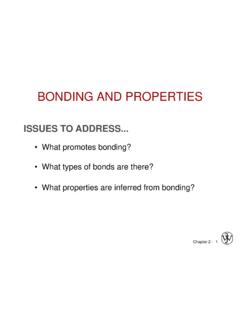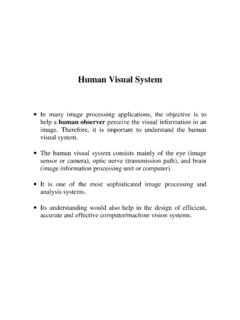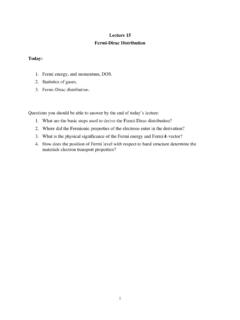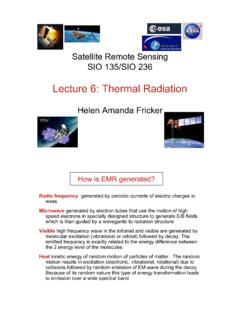Lecture 3 Optical Properties
Found 10 free book(s)Basics of Fiber Optics - Amphenol Fiber Systems ...
www.fibersystems.comII.2 Optical Fiber/Cable In this section, we discuss the structure and properties of an optical fiber, how it guides light, and how it is cabled for protection. An optical fiber is made of 3 concentric layers (see Figure 3): Core: This central section, made of silica or doped silica, is the light transmitting region of the fiber.
Lecture 7: Propagation, Dispersion and Scattering
topex.ucsd.eduLecture 7: Propagation, Dispersion and Scattering Helen Amanda Fricker. Energy-matter interactions ... optical wavelengths (0.4 Ð 0.7 µm) may be computed using the Rayleigh scattering cross-section ("m) ... Radiative properties of natural surfaces
Lecture2 Magnet Design - Fermilab
uspas.fnal.govLecture 2. Beam optics: ... Consider the optical analogy of focusing a ray of light through a lens: x θ ... Properties of Solutions to Laplace’s Equation. If we adopt a cylindrical coordinate system for the solution, V, then we can guess a solution for the potential in the form of a Taylor
BONDING AND PROPERTIES - University of Washington
courses.washington.eduChapter 2 - 3 Atomic Structure • Valence electrons determine all of the following properties 1) Chemical 2) Electrical 3) Thermal 4) Optical
Human Visual System - Washington State University
eecs.wsu.eduOptical Illusion • The fills in non-existent information or wrongly perceives geometrical properties of objects. See Figure 2.9 of text for some examples . Light and EM Spectrum • Electromagnetic (EM) waves or radiation can be visualized as ... • Read Sections 2.3.1-2.3.3 for …
Lecture 15 Fermi-Dirac Distribution - MIT OpenCourseWare
ocw.mit.eduLecture 15 Fermi-Dirac Distribution Today: 1. Fermi energy, and momentum, DOS. 2. Statistics of gases. 3. Fermi-Dirac distribution. Questions you should be able to answer by the end of today’s lecture: 1. What are the basic steps used to derive the Fermi-Dirac distribution? 2. Where did the Fermionic properties of the electrons enter in the ...
Lecture 6: Thermal Radiation - University of California ...
topex.ucsd.edudetected using electro-optical sensors (1.3 - 3.0µm). 3.Thermal infrared: emitted, can only be detected using electro-optical sensors (3.0 - 5.0 and 8 - 14 µm). Microwave Radar sensors, wavelengths range from 1mm - 1m (Ka, Ku, X, C, S, L & P) Spectral bands Three important spectral bands in remote sensing: ¥visible light ¥infrared radiation
CHAPTER 3: ANTENNAS - MIT OpenCourseWare
ocw.mit.edutypically using wires (treated in Section 3.2) or apertures (treated in Section 3.3). In practice complicated solutions of Maxwell’s equations for given boundary conditions are usually not required for system design and analysis because the antenna properties have already been specified by the manufacturer, and must only be understood.
Chapter 24 Chemistry of Coordination Compounds
www2.chemistry.msu.edu3) 6 2+ • Ni2+ electron configuration (8 electrons): • 4s23d6----" 4s03d8 • Need six orbitals for six ligands but: !4 3d orbitals are full, only 1 3d orbital left !Must hybridize 1 4s, 3 4p and 2 4d to give: !sp3d2 orbitals. The 8 electrons of Ni2+ sit in five 3d orbitals.
Advanced HTML5 and CSS3 Specialist - CIW Certified
www.ciwcertified.comAdvanced HTML5 and CSS3 Specialist: CIW Web and Mobile Design Series Student Guide CCL02-CDHTCS-CK-1405 • version 1.0 • rd042214
